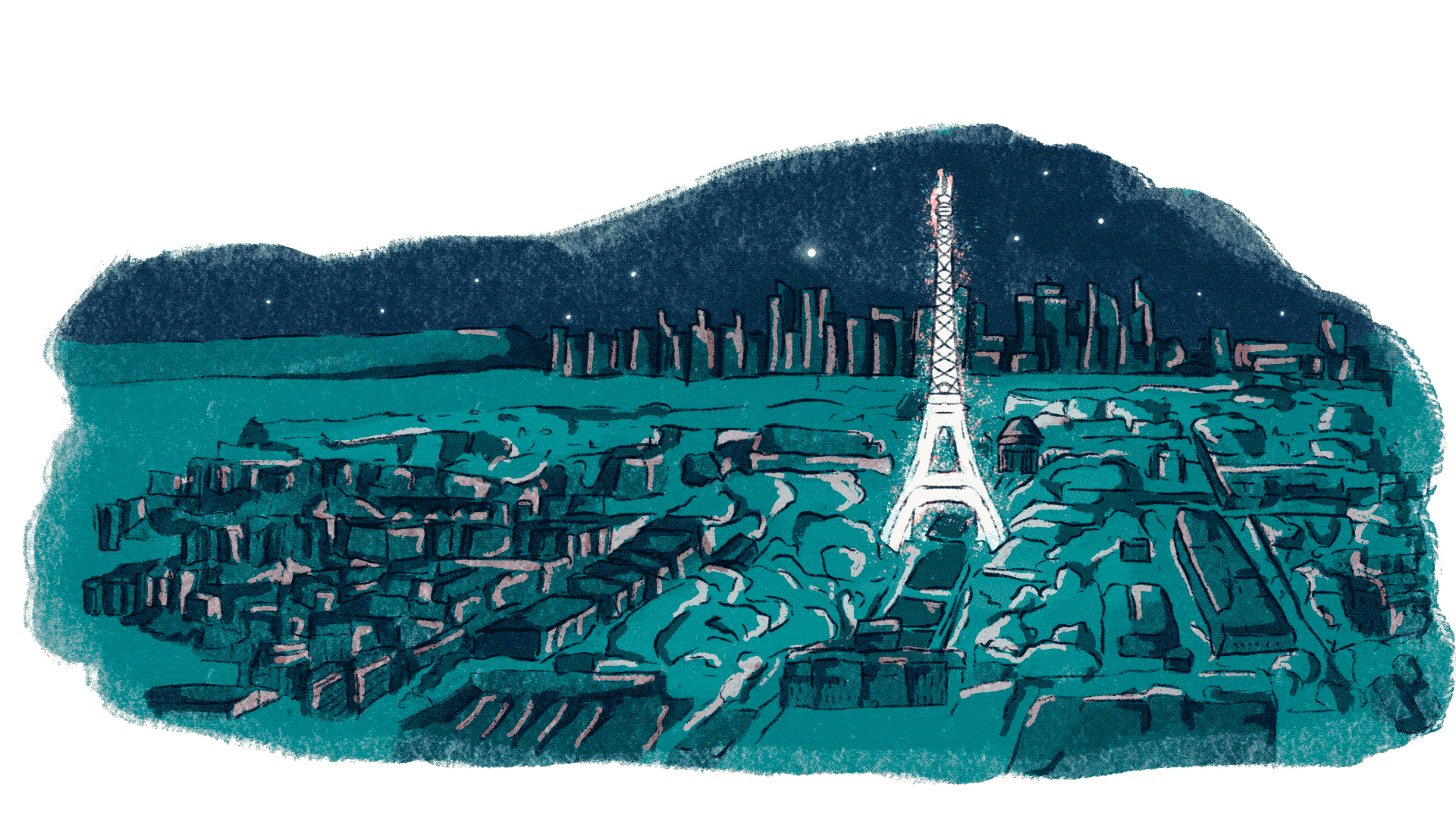
Home / News / humaneco /
It rose to the sound of slaps, alone against an entire people. Bullied, we’d say today. The Eiffel Tower, a global icon of a nation, is the classic example of “ephemeral” architecture: the special guest at the Party of all Parties, expected to quietly exit stage left once the celebrations ended.
Yet, despite the criticism, the cunning tower with its upturned profile managed to elegantly weave itself into the skyline and the lives of its people.
Its beauty was functional. Its function became beauty. Both essential.
They Called Her Ephemeral
Paris was getting ready for a long-awaited celebration: in 1889, it was the birthday of the French Revolution—and not just any birthday, but the hundredth candle. The city was abuzz, preparing to host the World’s Fair, set to blow out the candles to the applause of the entire world.
Standing 300 meters tall (now 330 with antennas), made up of more than 18,000 pieces of wrought iron held together by 2.5 million rivets, it was the tallest structure ever built at the time: an ingenious gift to be unwrapped, designed and signed by engineer Gustave Eiffel, alongside engineers Maurice Koechlin and Émile Nouguier, and architect Stephen Sauvestre.
It was completed in just two years.
A dark gray silhouette that drew the gaze upward—beyond the stars.

Sometimes beauty is intimidating; it unsettles the eye. Instead of anchoring the future to the present, it’s too present—it feels overwhelming.
The kind of guest you wouldn’t want at your party.
And yet, that very guest ended up, in the heart of modernity, giving shape to the symbol of France’s renewal.
And we were ready to leave it at the door.
Beautiful and Impossible
A monstrous smokestack.
A wound in the city’s skyline..
That’s how a group of writers, painters, and intellectuals—among them Guy de Maupassant, Alexandre Dumas Jr., and Charles Gounod—described it.
They wanted it torn down: useless and out of place. Intelligence is not always visionary, the Tower must have thought.
It was meant to stay just twenty years, there at the Trocadéro. But more than a hundred have passed, and it’s still standing.
Funny how things turn out, she must be thinking now.
What works, what ideas, what faces are we judging today with the same haste?
Exclamation Point
Tourist guides began to use it to orient themselves in the city, while citizens looked to it to imagine how high they could go. Foreign couples came to be moved, and lovers knelt at its feet to say yes to a lifetime together.

But like all innovative beings that break the mold, the Tower had to prove its worth beyond aesthetics to be understood and accepted.
A scientific lab, a meteorological observatory, a station for military radiotelegraphy during the First World War: these were its services to History, which led it to become the point—an exclamation point—of reference for France.
C’est moi, she seems to say.
It Belongs Here
From its solid base to its bold peak rising into the sky: ullallà, quelle merveille!
A creation, a trend, a brazen novelty that breaks with tradition—when it becomes part of our daily rhythm, it no longer asks for permission and no longer seeks to please.
It simply becomes, evolves, rises, and remains. It tells its story, right where it belongs.
Right where we belong too. It cannot be anywhere else but in the deepest landscape: the inner one.
What architectures, what ideas, what people are we calling “ephemeral” today?
And what if they’re the very ones who will hold us together tomorrow?
The Tower Against Time | Umaneco by Nesite © all rights reserved
Text by Chiara Foffano – Illustrations by Ariele Pirona